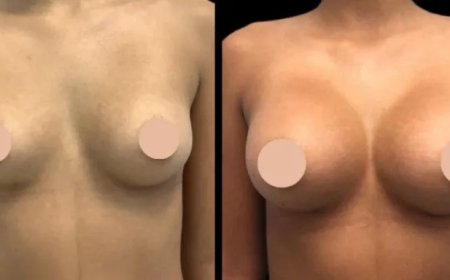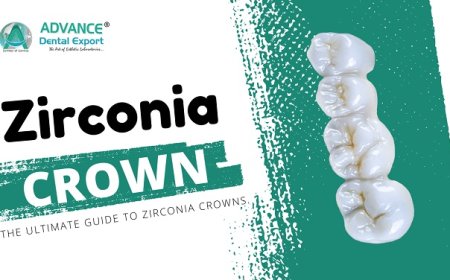What to Look for in Quality Wound Care Products
Excess moisture can delay healing and lead to maceration of the surrounding skin. Quality wound care products should offer appropriate absorbency depending on the wound type. For example, hydrocolloid or foam dressings are ideal for moderate to heavily exuding wounds, while simple non-adherent pads may work for dry or lightly exuding wounds. The goal is to keep the wound moist but not overly wet. Choose products that can wick away excess fluid while keeping the wound bed appropriately hydrated.

Wound care is a crucial part of any health and hygiene routine. Whether youre treating a minor scrape, surgical incision, or chronic wound, choosing the right wound care products can make a significant difference in the healing process. Quality wound care products not only accelerate recovery but also reduce the risk of infection and complications. With so many options available, it can be overwhelming to determine which products are right for your needs. This article highlights the key factors to consider when selecting quality wound care products to ensure safety, effectiveness, and long-term health benefits.
1. Sterility and Hygiene
One of the first and most important qualities to look for in wound care products is sterility. All products, especially dressings, gauze, bandages, and topical applications, must be sterile to prevent the introduction of bacteria into the wound site. Using non-sterile products can lead to infections, delayed healing, and further complications. Always ensure the product is individually sealed and clearly labeled as sterile. Avoid items that have damaged or broken packaging, as they may no longer be safe to use.
2. Material Quality and Breathability
The material used in wound care products plays a significant role in promoting healing. High-quality dressings should be breathable to allow air circulation while protecting the wound from external contaminants. This balance helps maintain a moist wound environment, which is ideal for faster tissue regeneration. Look for hypoallergenic and latex-free materials, especially if you have sensitive skin or allergies. Products made with advanced fabrics, such as non-woven fibers or foam dressings, provide better comfort and protection than standard cotton or plastic options.
3. Absorbency and Moisture Management
Excess moisture can delay healing and lead to maceration of the surrounding skin. Quality wound care products should offer appropriate absorbency depending on the wound type. For example, hydrocolloid or foam dressings are ideal for moderate to heavily exuding wounds, while simple non-adherent pads may work for dry or lightly exuding wounds. The goal is to keep the wound moist but not overly wet. Choose products that can wick away excess fluid while keeping the wound bed appropriately hydrated.
4. Ease of Use and Comfort
Practicality is essential, especially for individuals who need to change dressings frequently or apply products at home. Quality wound care items should be easy to apply, remove, and replace without causing further damage to the wound or surrounding skin. Products that stick too tightly or leave adhesive residues can cause irritation. Look for dressings with gentle adhesives, flexible backing, and soft edges for enhanced comfort. Pain-free removal options like silicone-based dressings are ideal for sensitive or fragile skin.
5. Size and Fit
Wound care products come in various shapes and sizes to cater to different wound types and locations on the body. Choosing the right size is crucial to ensure complete coverage of the wound and minimize exposure to dirt and bacteria. A product that is too small may not provide adequate protection, while one that is too large may be difficult to secure or lead to bunching and discomfort. Some quality brands offer customizable options or products designed for specific areas, such as elbows, heels, or joints.
6. Antimicrobial Properties
In some cases, wounds are at a higher risk of infection due to contamination, compromised immunity, or underlying conditions like diabetes. In such situations, choosing wound care products with antimicrobial properties can help prevent infection. Products infused with silver, iodine, or honey have natural antimicrobial effects and are commonly used in chronic or infected wounds. However, it's important to use these under medical advice, as overuse or misuse may lead to resistance or skin irritation.
7. Product Purpose and Type
Each wound type requires a different approach to healing. A superficial scrape needs a different product than a deep surgical wound or a pressure ulcer. Understanding the specific purpose of each wound care product helps you make informed decisions. For instance:
-
Hydrogel dressings help in rehydrating dry wounds.
-
Alginate dressings are best for absorbing heavy exudates.
-
Transparent film dressings are ideal for superficial wounds that need monitoring.
-
Foam dressings offer cushioning and absorption for pressure-sensitive wounds.
Read labels and instructions carefully and consult healthcare professionals when unsure.
8. Manufacturer Reputation and Clinical Testing
Reputable manufacturers often follow strict quality control and clinical testing standards to ensure product effectiveness and safety. Choose wound care products from well-known medical or pharmaceutical brands that have been tested and approved for medical use. Look for certifications such as FDA approval, CE marking, or ISO compliance, which indicate adherence to international safety and quality standards.
9. Availability and Shelf Life
While quality should always come first, its also important to consider availability and storage. Opt for products that are readily available at your local pharmacy or online store to ensure you can maintain consistency in care. Also, check the products expiration date. Using expired wound care items can compromise their effectiveness and safety.
10. Cost vs. Value
Quality wound care products may come at a higher price, but they often offer better results, reduced healing time, and fewer complications. Investing in effective wound care reduces the need for prolonged treatment or hospital visits. That said, always compare products to find the best value for your budget without compromising on quality. Generic options from trusted brands can sometimes offer similar benefits at a lower cost.
Conclusion
Choosing the right wound care products is vital to ensure proper healing and protection from infection. From sterility and material quality to antimicrobial properties and comfort, several factors must be evaluated when selecting wound care items. Prioritizing quality over cost, relying on well-reviewed and clinically tested brands, and selecting products that suit your specific wound type and lifestyle will help ensure a smooth and safe recovery. With the right care and attention, even complex wounds can heal effectively, restoring comfort and health.




































